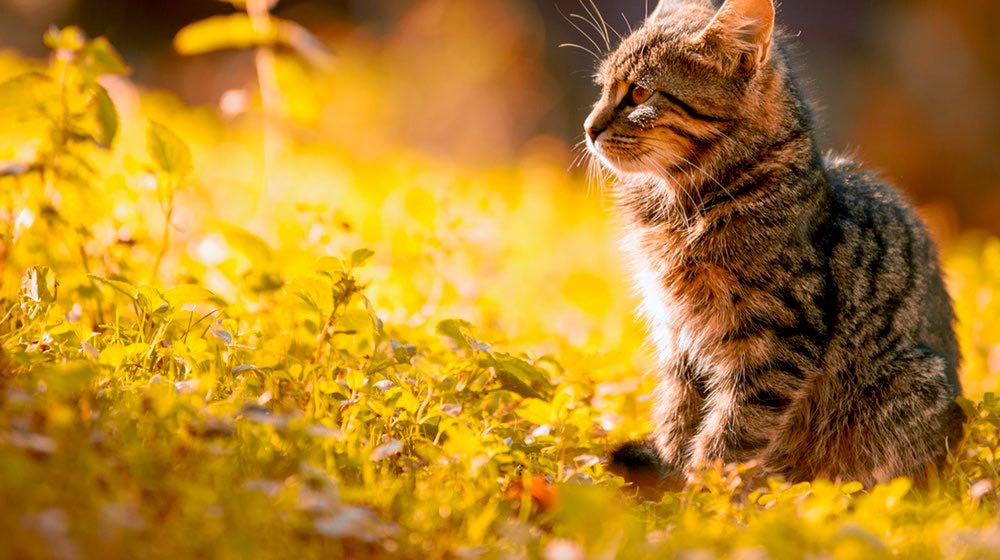We let our cats roam around freely inside the house or in the garden. They love to climb everywhere and eat whatever they can get their mouths on. The risk of them eating plants poisonous to cats can be high and we should be aware of it. If you have the plants mentioned below in your garden, maybe it's time to rethink and clean it up to keep your pets away from harm.
RELATED: 5 Ways To Keep Your Veggies Rabbit-Proof
In this article:
- Common Plants Poisonous to Cats
- Symptoms You Need to Lookout For
- Which Part of a Plant Is Poisonous?
- What to Do When Your Cat Is Poisoned?
- Diagnosis
- Treatment
- Other Things to Keep in Mind
Plants Poisonous to Cats and What You Need to Know
Common Plants Poisonous to Cats

There are a lot of plants considered to be toxic to our pets. They carry different kinds of toxins and affect animals differently. Here is a list your cats need to avoid:
- Amaryllis
- Autumn Crocus
- Azaleas
- Castor Bean
- Chrysanthemum
- Cyclamen
- Daffodils
- Dieffenbachia
- English Ivy
- Hyacinth
- Kalanchoe
- Lily
- Lily of the Valley
- Marijuana
- Oleander
- Peace Lily
- Pothos
- Sago Palm
- Spanish Thyme
- Tulip
- Yew
Symptoms You Need to Lookout For
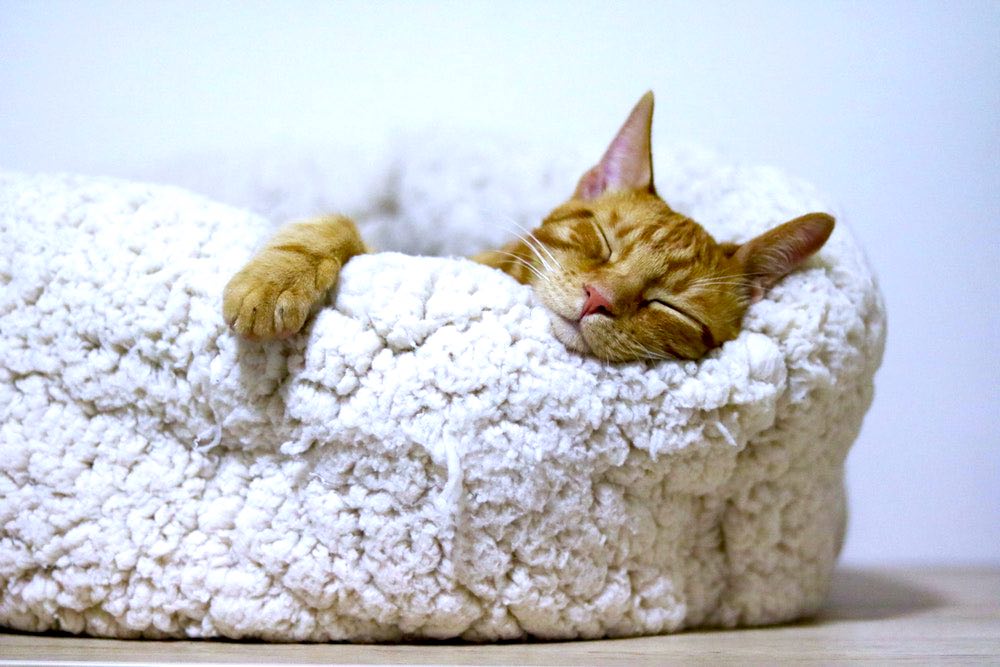
Not all of these plants are lethal and can harm our cats instantly. However, they are irritants and can cause different reactions that can be fatal if not given proper attention. Cats munching on some plants can lead to skin irritation or inflammation.
Common symptoms include itchiness, redness, or swelling of eyes, skin, or mouth. Some symptoms can affect the gastrointestinal tract and can cause vomiting and diarrhea.
Some things to keep in mind:
- Difficulty in breathing can mean the airway may have been affected.
- Intense drooling or difficulty in swallowing can mean the esophagus or the mouth may have been affected.
- Vomiting or diarrhea can mean the small intestines or the colon may have been affected.
- Excessive drinking and urinating can mean the kidneys may have been affected.
- Weakness or irregularity in its heartbeat can mean the heart may have been affected.
Which Part of a Plant Is Poisonous?
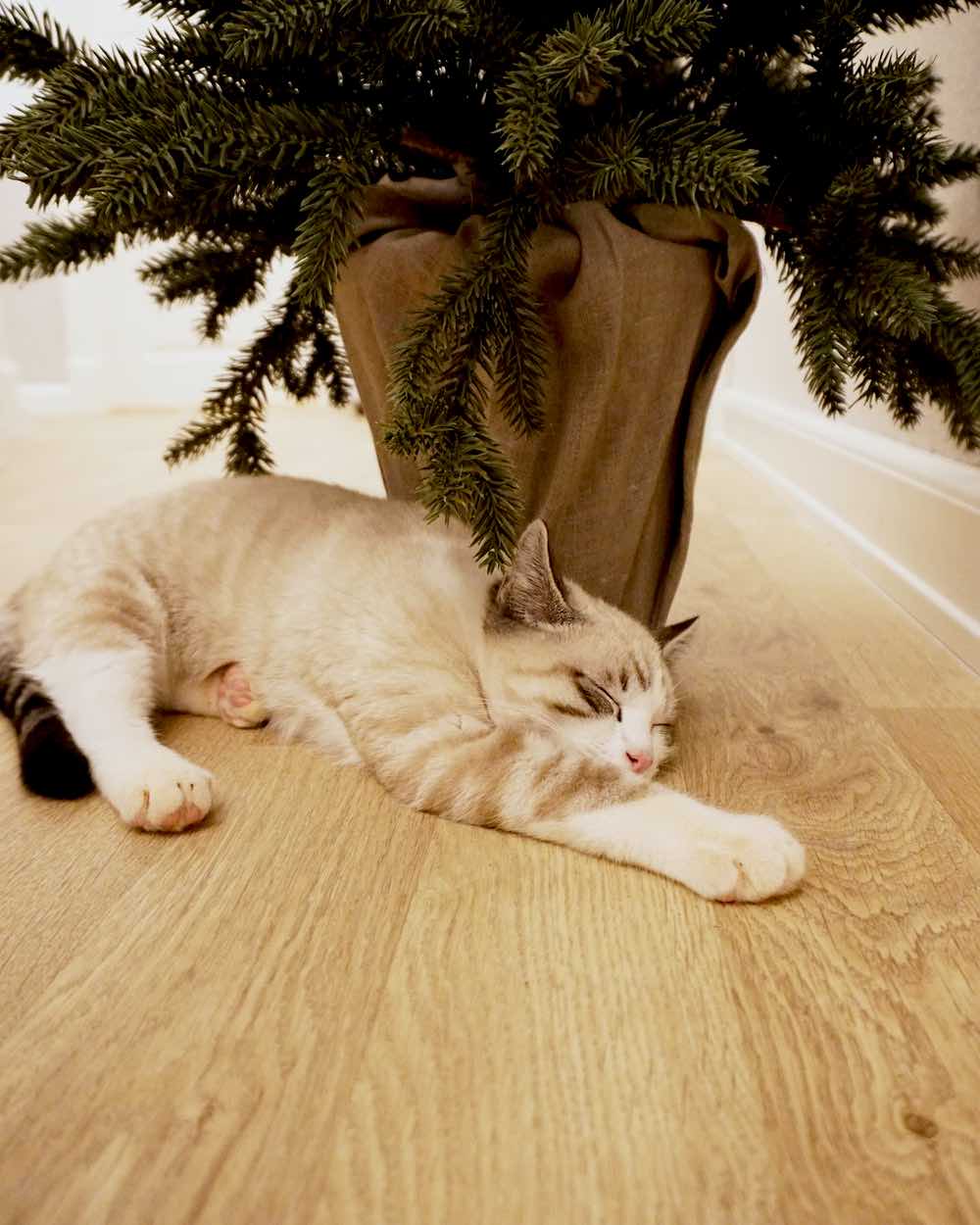
The part of the plant which may become toxic for the cats may vary. It will also depend on how it would affect your pet. Although some plants may have a higher concentration in the stems or leaves, it is best to keep these plants away and out of reach.
The same thing goes with the toxicity level. Ingesting a little bit of a certain plant can have a different effect if the cat eats a small portion of another plant.
RELATED: 12 Invasive Plants To Avoid When Gardening
What to Do When Your Cat Is Poisoned?
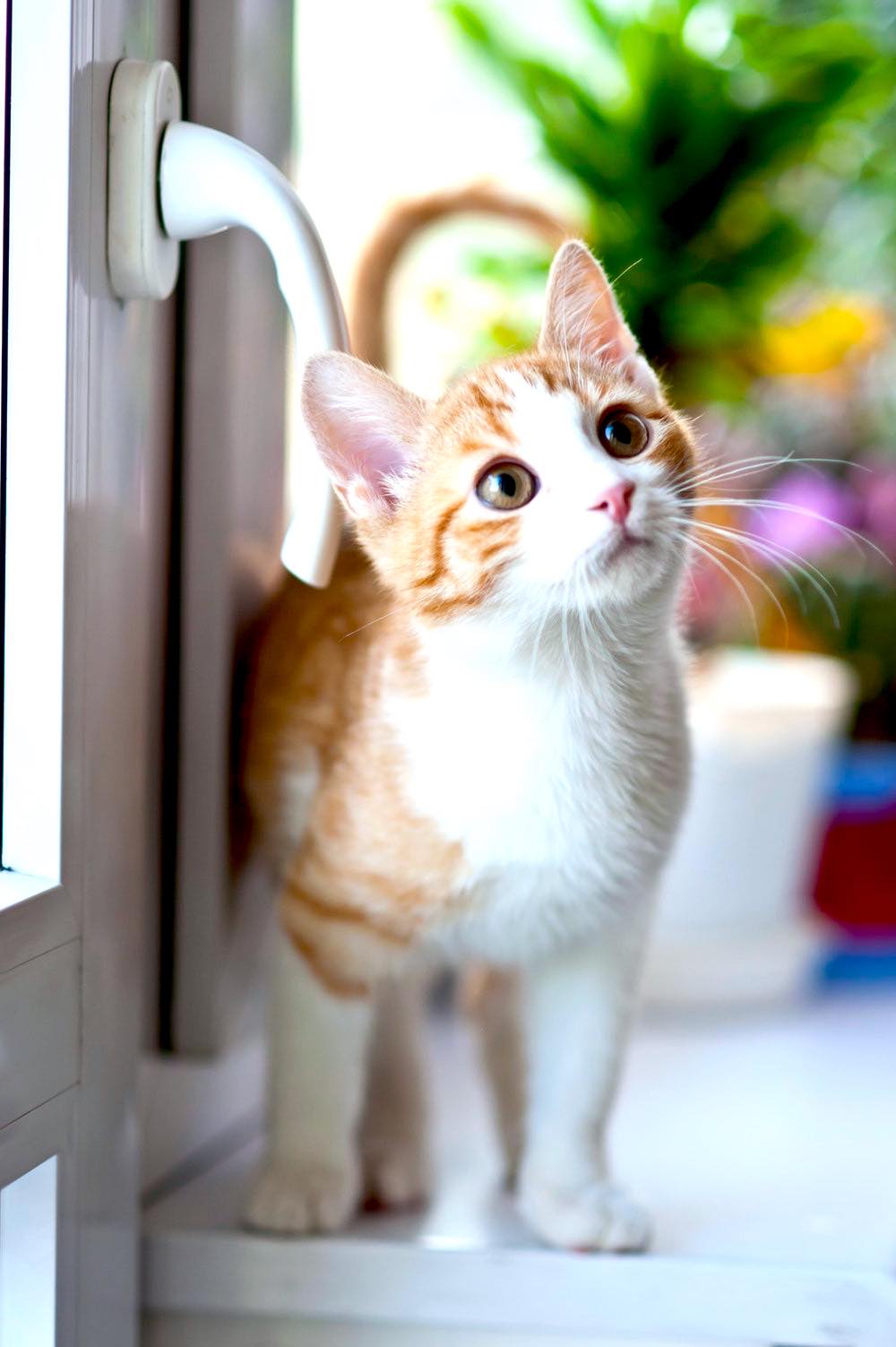
1. Proper and immediate care should be provided once you learn or even suspect about your cat ingesting poisonous plants.
2. Safely remove the pieces of plants from your cat's mouth, hair, or skin.
3. Monitor your cats well and keep them away from the plants.
4. Call your veterinarian immediately, the Animal Poison Control at 1-888-426-4435, or the Pet Poison Helpline at 1-855-764-7661.
Diagnosis
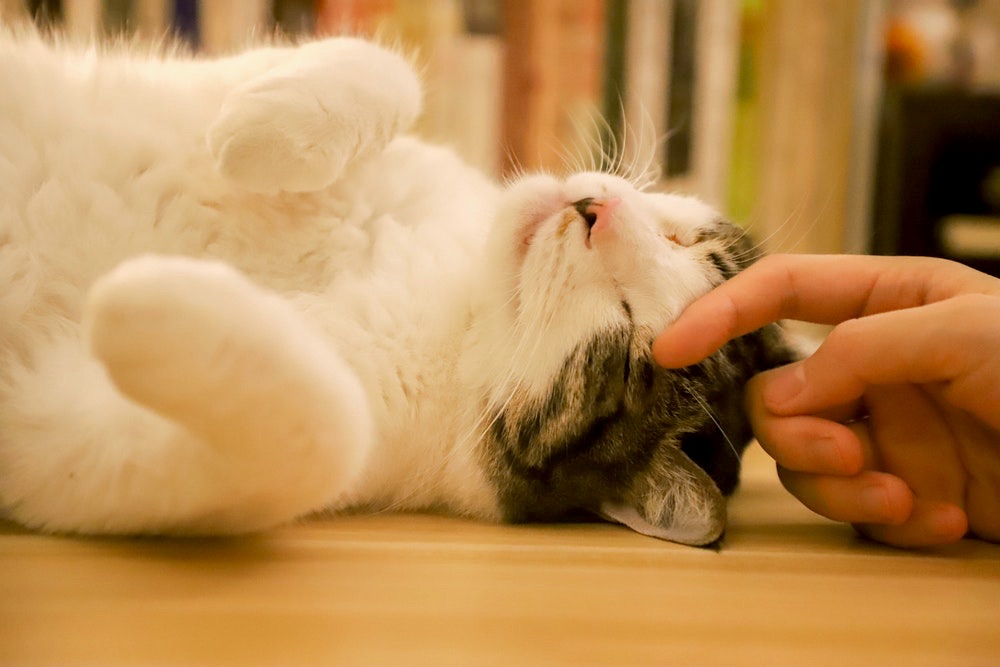
Learning about the plants in your garden is important. Veterinarians will ask about the plant and how it affected your pet. They will do a physical exam on them to ensure the cat reacted properly to the medication or look at other manifestations of the poison in them.
Some plants may target the cat's organs and a close examination will check if they'll be fine or if they'll need closer medical attention.
Treatment

The doctors can give different medications depending on what they think about which organ is affected. Usual remedies include the giving of activated charcoal to absorb the bad toxins in the stomach.
Also, forced vomiting is encouraged to let the poisonous plants ingested go out of their system. The doctor may also give sucralfate to protect the stomach from the ingested toxic.
For further care, anti-nausea drugs, intravenous fluids, anti-inflammatory medicines, or pain medicines may be given if needed.
Other Things to Keep in Mind
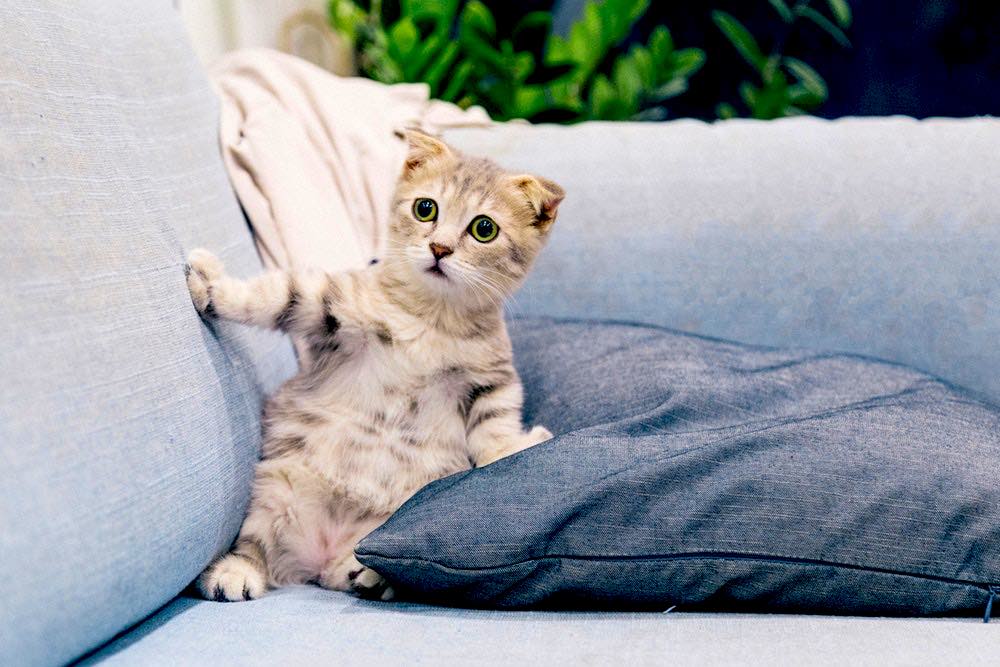
1. Do not self medicate. Bring your pet to the veterinarian immediately since they may need immediate attention.
2. If poisonous plants can't be avoided, place them somewhere high or hang them somewhere hard to reach.
3. Always keep an eye on your pets and always listen to the veterinarian about pet care.
Watch this video from North Star Vet to learn more about plants poisonous to cats and how to deal with them:
Learning about the different plants poisonous to cats is very important. Especially for those who have an extensive garden and let their pets roam freely. Some plants should be away from them and use the tips stated above to keep your garden clean from anything that may harm your feline friends.
Were you able to deal with these plants poisonous to cats? Share your experience by leaving a comment in the section provided below.
UP NEXT:
- How To Make Plants Work As Natural Cat Repellent
- Comprehensive Companion Planting Guide For Every Gardener
- Small Garden Ideas And Tips | How To Design Gardens In Limited Spaces
Want to stay up to date? Follow Garden Season on Facebook, Twitter, Instagram, and Pinterest.

